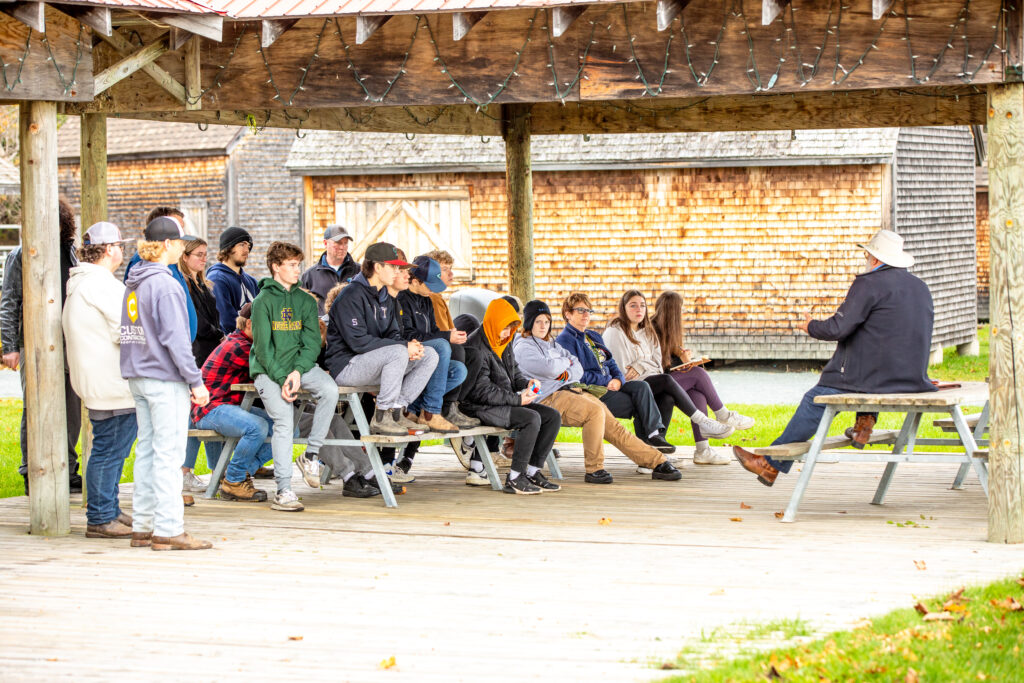Quick Links
Featured News

Art Gallery Fundraiser
Last semester, Mme Plourde's FI Visual Arts 110 class created artworks throughout the semester and exhibited them in an art gallery at the end of the term. They sold their pieces to raise money for the Miramichi Emergency Center for Women. Thanks to their hard work and the generous donations from...
News
Events
News
Events
Art Gallery Fundraiser
Last semester, Mme Plourde's FI Visual Arts 110 class created artworks throughout the semester and...
Fall Sports Recap
The 2024 Fall sports season was a season to remember for our Tommies. Winning a Provincial Banner...
Remembrance Day
James M. Hill hosted a moving Remembrance Day ceremony for the student body on November 7th,...
About James M Hill High School
James M. Hill Memorial High School is a dynamic learning environment that fosters academic excellence, personal growth, and community engagement. Serving students in grades 9-12, the school offers a diverse range of programs, including academic courses, extracurricular activities, and athletic opportunities, all designed to help students discover and reach their full potential.

District News
2025 Excellence in Education Awards Recipients Announced (Anglophone Sector)
News Release Education and Early Childhood Development FREDERICTON (GNB) – Eleven educators in the anglophone sector...
An Important Reminder for All Motorists
All traffic in all directions – even on multi-lane roads – must stop when the red lights are flashing on a school bus....
Reminder
There are no classes for K-12 students on Thursday, May 1st and Friday, May 2nd.
Morning Announcements
senior superlatives 2025!
Our last video ever!! #seniors #nottheannouncements #tommiepride



